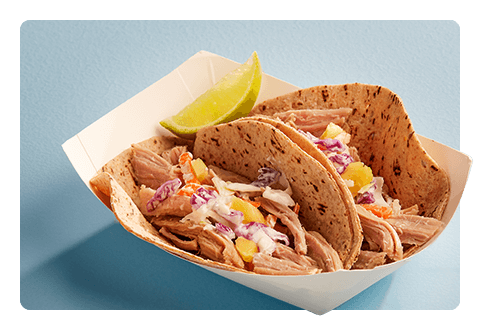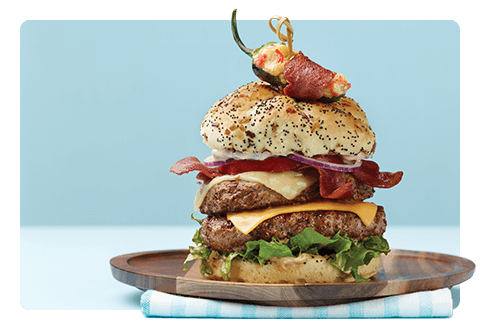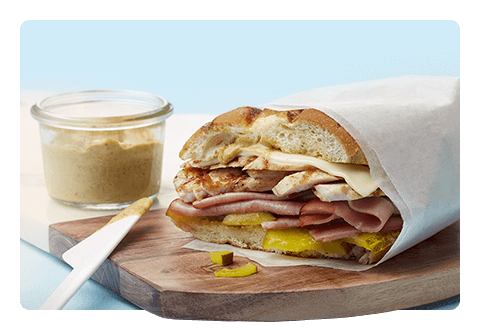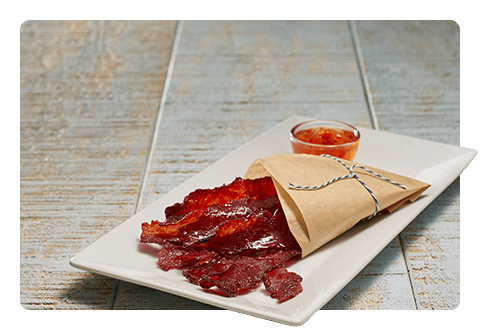Why Some Operators Are Saying Goodbye to Straws
August 2018
Today’s consumers care more about what they eat than ever before. They’re thinking not only about the source of their food but also the sustainability of every aspect of the dining experience. This has led many operators to change the way they look at one thing you can find at any restaurant: the plastic straw. Research indicates that these nonbiodegradable products can be harmful to the environment and that an estimated 500 million plastic straws end up in landfills every day. Operators worldwide have taken notice, and it has led to change in a variety of ways.
One of the most recent operations to ban straws is Starbucks. The company has promised to stop using plastic straws by 2020, opting for a drink lid that will allow customers to easily sip cold beverages. Biodegradable straws will be available by request only. In addition, QSR giant McDonald’s has pledged that by 2025, all its packaging will be from renewable, recycled or otherwise certified sources. This means the chances of the burger chain continuing to offer plastic straws as we know them are slim to none.
Operators within the arts and entertainment industries are addressing consumer concern about straws by simply eliminating them altogether—Walt Disney World, the Smithsonian Institution and many zoos have begun phasing out distribution of straws throughout their grounds. Other operators are taking a more balanced approach. Business owners in Ocean City, Maryland, a popular vacation destination, are participating in a Strawless Summer campaign, encouraging restaurant guests to ask for straws only if needed.
Not all of these straw-related decisions are being made by operators. State governments and other regulating bodies are changing laws and establishing new initiatives to determine the plastic products restaurants offer. The largest example is in the European Union, which put an emphasis on straws in its recently proposed ban on all plastics. Officials in Miami, Florida; Seattle, Washington; Malibu, California; and Vancouver, Canada, have already banned plastic straws in restaurants, and legislation has been introduced in New York City that would ban them from restaurants as well as sports stadiums and cafés.
There is no consensus when it comes to the future of plastic straws. Some operators view removing them as the simplest option when it comes to sustainability—noting that recycling, reusing and composting are equally, if not more, effective but cost more and require greater effort. Other operators believe they could encounter problems with the quality of paper or metal straws and choose to keep plastic in order to meet customer expectations. Plastic straws are also crucial for certain diners with disabilities, enabling them to eat and drink comfortably and confidently.
Have you noticed a change in straws at other operations? Have you made any yourself? Let us know on Facebook or LinkedIn. For more foodservice insights, visit our Resource Center.
SOURCES
Levin, Amelia. Paper or Plastic?, Foodservice Equipment & Supplies, March 2018.
Lalley, Heather. Starbucks to Phase out Plastic Straws by 2020, Restaurant Business, July 2018.
Flager, Madison. McDonald’s Is Phasing Out Plastic Straws, Delish, April 2018.
Romeo, Peter. Movement Builds in Restaurants to Drop Plastic Straws, Restaurant Business, May 2018.
Sherman, Elisabeth. 5 Things You Need to Know About the Movement to Ban Plastic Straws, Food & Wine, May 2018.
Hamstra, Mark. Momentum builds to curb plastic straw use, Restaurant Hospitality, October 2017.
























